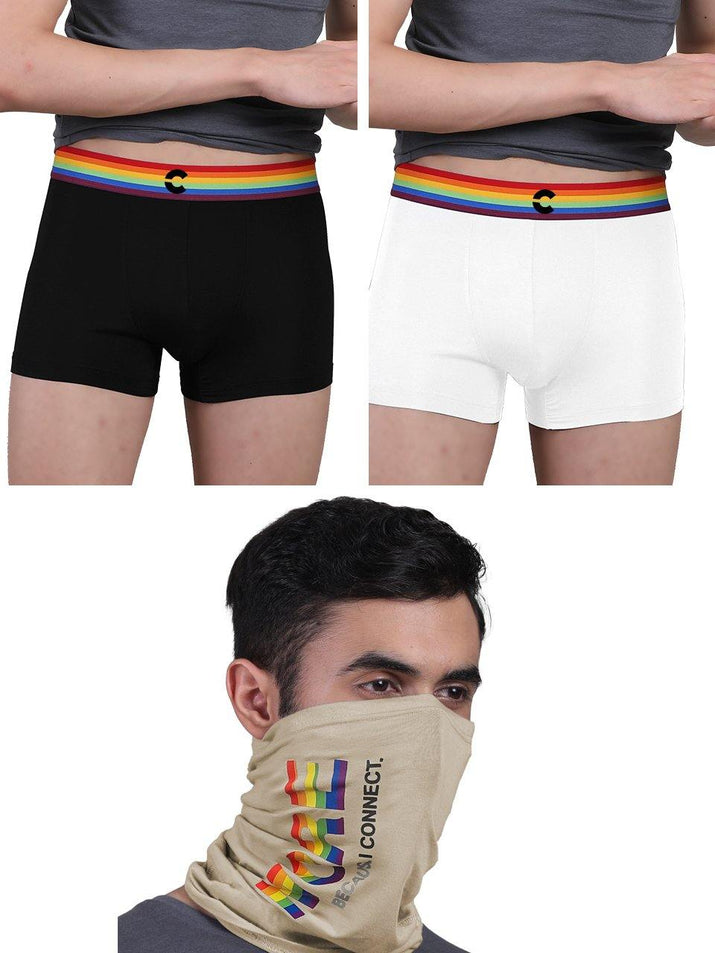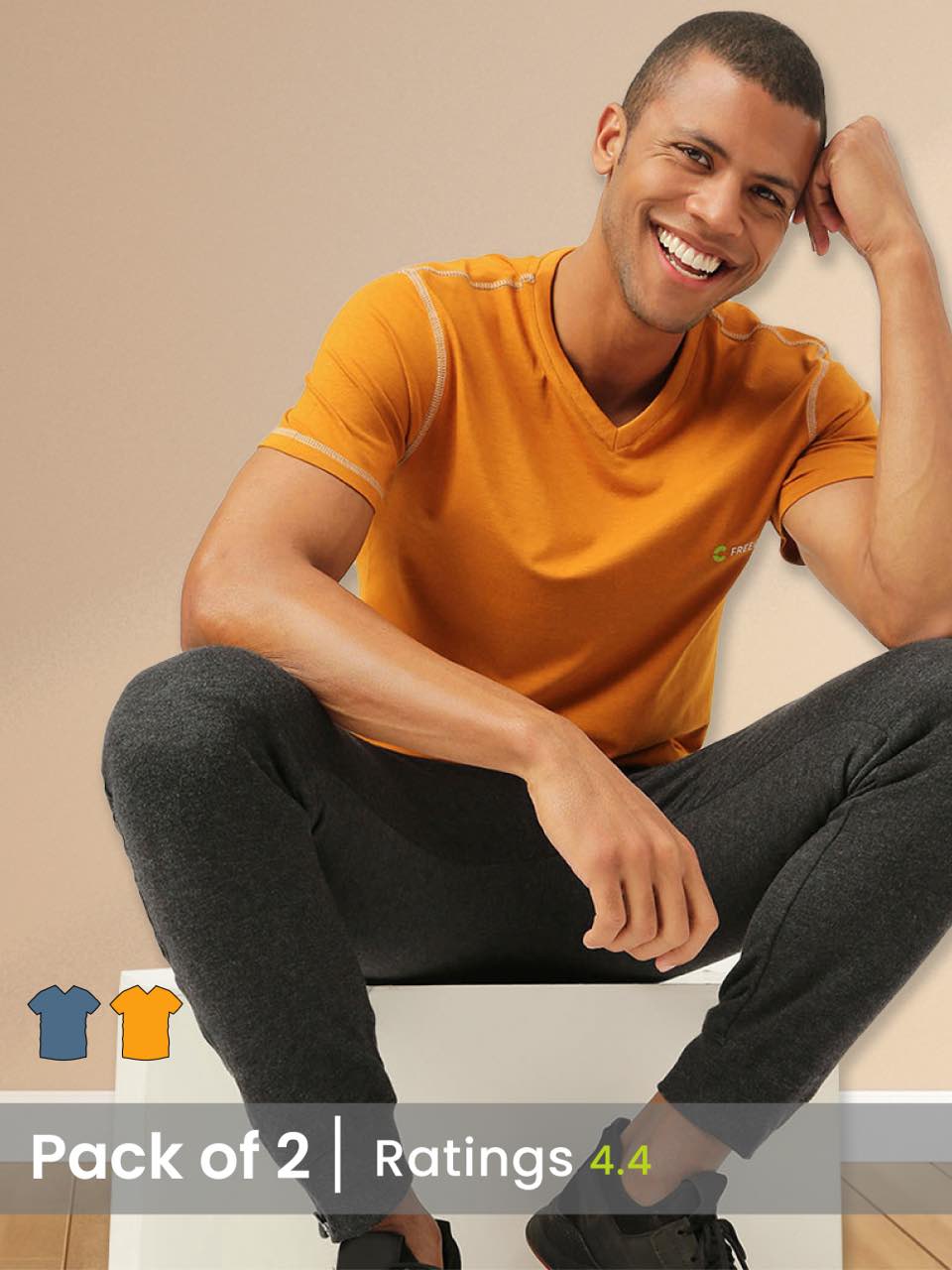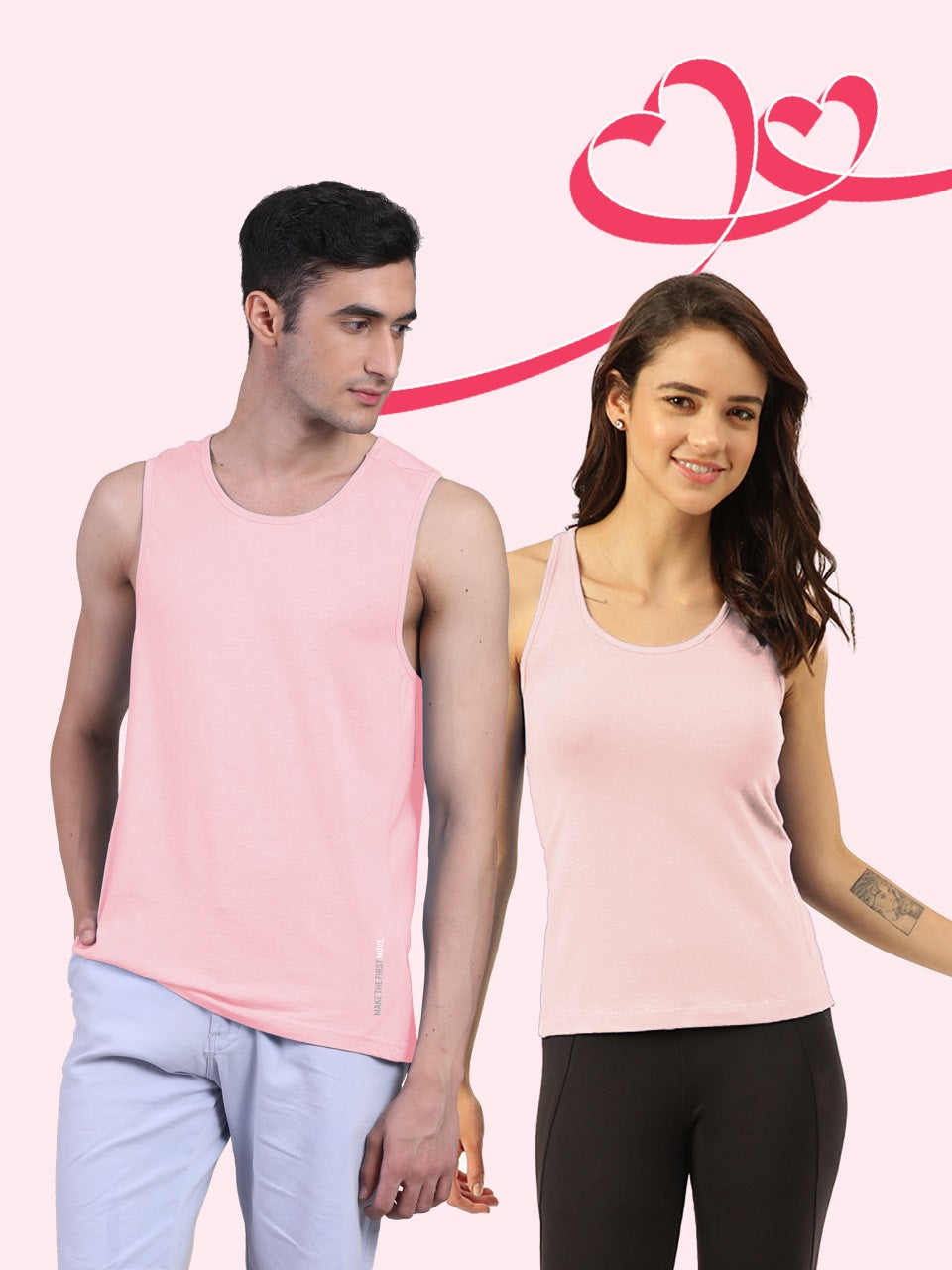The bandana, a ubiquitous square of fabric typically cotton, transcends its historical utility as a protective head covering or identifier for cowboys and military personnel. Today, this versatile textile accessory experiences a significant resurgence, evolving from a purely functional item into a prominent fashion statement. Designers integrate its classic paisley and novel geometric prints into collections, reflecting a broader trend towards adaptable, expressive styling. Its simple yet effective design allows for countless applications, from a chic hair tie or neckerchief to a practical wrist wrap or bag accent. This enduring accessory offers an accessible avenue for personal expression, adding both textural interest and a vibrant pop of color to any ensemble, underscoring its unique position in contemporary fashion.

The Enduring Legacy and Evolution of the Bandana
The bandana, a seemingly simple square of cloth, boasts a rich and fascinating history that spans centuries and continents. Its origins can be traced back to ancient India, where the term "bandana" itself is believed to derive from the Hindi word "bandhnu" or "bandhana," referring to a tie-dyeing technique. This vibrant textile, often adorned with intricate patterns, was initially a practical item, used by laborers and farmers to protect themselves from dust, sun. Sweat. As trade routes expanded, the bandana traveled across Asia to Europe, evolving in form and function. By the 18th century, it had become a popular accessory in America, adopted by cowboys for protection against the elements on dusty trails, by railroad workers. By miners. Its versatility quickly made it indispensable. Early American bandanas often featured patriotic motifs, such as those depicting George Washington, becoming early forms of political memorabilia. Over time, the iconic paisley pattern, originating from Persia and popularized in Scotland, became synonymous with the bandana, cementing its aesthetic appeal alongside its utility.Materials and Manufacturing of the Modern Bandana
The quintessential bandana is renowned for its durability and comfort, largely due to the materials and manufacturing processes involved. While the core concept remains a square piece of fabric, the choice of material significantly influences its feel, drape. Specific uses.- Cotton The most common and traditional material for a bandana. Cotton bandanas are prized for their breathability, absorbency. Softness, making them ideal for practical uses like wiping sweat or providing comfort against the skin. They are also easy to dye and print, allowing for a vast array of colors and patterns.
- Silk Offers a luxurious alternative, providing a smoother texture and a more elegant drape. Silk bandanas are often chosen for fashion-forward styling due to their natural sheen and lightweight feel.
- Synthetic Blends Materials like polyester blends are increasingly used, offering benefits such as enhanced durability, wrinkle resistance. Often, more vibrant, long-lasting colors. Some synthetic bandanas also incorporate moisture-wicking properties, making them suitable for athletic activities.
The Myriad Uses and Applications of a Bandana
Beyond its historical roots, the bandana has transcended its utilitarian origins to become a powerful tool for personal expression and practical utility in the modern world. Its simple design belies an incredible range of applications, demonstrating why the bandana remains a beloved accessory.Fashion and Personal Style
The bandana is an unparalleled accessory for adding a vibrant "pop of color" or a distinctive pattern to any outfit. Its adaptability allows for countless styling possibilities:- Headwear Worn as a headband to keep hair out of the face, folded into a chic headscarf, or tied around a ponytail for a touch of flair. A popular way to wear a bandana is folded into a triangle and tied at the nape of the neck, offering both style and sun protection.
- Neckwear Tied loosely around the neck as a casual scarf, folded into an ascot for a more refined look, or worn as a choker for an edgy vibe. This instantly elevates a simple t-shirt or adds character to a blazer.
- Wrist and Ankle Accessories Wrapped around the wrist or ankle, a bandana serves as a unique bracelet or anklet, injecting personality into an otherwise plain ensemble.
- Bag and Belt Embellishment Tying a bandana to a handbag strap or weaving it through belt loops can transform an ordinary accessory into a statement piece, reflecting individual style.
Practical and Functional Applications
The bandana's original purpose as a functional item remains highly relevant:- Protection Used as a makeshift face covering against dust, wind, or sun, particularly useful in outdoor activities or dusty environments. It can also protect the neck from sunburn.
- Absorbency Its cotton composition makes it excellent for wiping sweat during workouts, hikes, or manual labor.
- Emergency Aid In a pinch, a clean bandana can serve as a temporary bandage, a tourniquet, or a sling. Its absorbency also makes it useful for applying pressure to minor wounds.
- Signaling and Identification Historically, bandanas have been used as flags or markers for group identification or signaling.
Styling Techniques and Actionable Tips
Mastering the art of wearing a bandana involves a few simple folds and knots that can dramatically alter its appearance and function. Here are some popular techniques:- The Classic Fold (Triangle)
- Lay the bandana flat.
- Fold it diagonally in half to form a triangle.
- This is the base for many styles: tie around the neck (cowboy style), fold the long edge up to create a headband, or tie around the wrist.
- The Headband Roll
- Start with the classic triangle fold.
- Beginning from the longest edge, tightly roll the bandana upwards until it forms a narrow band.
- Tie it around your head, either on top, at the nape of the neck, or under your hair. This is perfect for keeping hair in place or adding a subtle dash of color.
- The Neck Scarf Knot
- Roll the bandana into a narrow strip (similar to the headband roll).
- Wrap it around your neck once, letting the ends hang loosely in front.
- Tie a simple knot, a square knot, or a half-bow for different looks. This can effortlessly elevate a plain top.
- The Bracelet Wrap
- Roll the bandana into a narrow strip.
- Wrap it several times around your wrist, then secure with a knot. Experiment with leaving the ends long or tucking them in.
Cultural Significance and Symbolism
The bandana's journey through history has imbued it with diverse cultural meanings and symbolic weight. It has served as more than just a piece of fabric; it's been a statement, a uniform. A symbol of identity. In the American West, the bandana became an iconic symbol of the cowboy, representing rugged individualism, resilience. The spirit of adventure. Similarly, it was adopted by bikers, signifying camaraderie and a rebellious spirit. During World War II, "Rosie the Riveter" often wore a red polka-dotted bandana, turning it into a powerful emblem of female empowerment and contributions to the war effort. Beyond these specific associations, the bandana has also been used in various protest movements and counter-culture groups, serving as a visible marker of solidarity or dissent. Its simple, accessible nature makes it an ideal canvas for expressing collective identity or political stances. From maritime flags to gang colors (though this aspect is complex and varies by region), the bandana's ability to communicate without words has been a consistent thread throughout its history. This rich tapestry of cultural associations adds depth to the simple accessory, making each bandana not just a piece of cloth. A whisper of history and identity.Choosing the Right Bandana for Your Needs
Selecting the perfect bandana involves considering several factors beyond just color and pattern. Thoughtful consideration of material, size. Edge finishing can enhance both its aesthetic appeal and practical utility.| Feature | Consideration Points | Impact on Use |
|---|---|---|
| Material | Cotton (most common), Silk, Polyester blends | Cotton is breathable and absorbent for practical use; Silk offers luxury and drape for fashion; Polyester offers durability and wrinkle resistance. |
| Size | Standard (approx. 22x22 inches), Larger squares (e. G. , 27x27 inches), Smaller squares (e. G. , 18x18 inches) | Standard is versatile for most head/neck styles. Larger sizes are better for full head wraps or more voluminous knots. Smaller sizes work well for wrist ties or bag accents. |
| Pattern & Color | Traditional paisley, solid colors, novelty prints, abstract designs | Impacts aesthetic and ability to complement outfits. Consider your wardrobe palette and personal style. A solid color bandana can be a versatile staple, while a vibrant pattern adds a strong statement. |
| Edge Finish | Hemmed (stitched), Rolled, Raw | Hemmed edges are standard and durable. Rolled edges provide a neat, slightly more refined look. Raw edges are uncommon for quality bandanas and may fray easily. |
| Softness/Drape | New bandanas can be stiff; softness increases with washing. | A softer bandana will tie more easily and comfortably, especially for head and neck applications. Look for pre-washed or "broken-in" options for immediate comfort. |
Care and Maintenance for Your Bandana
Proper care ensures your bandana remains a vibrant and functional accessory for years to come. While durable, a bandana benefits from simple maintenance routines tailored to its material.- Washing Most cotton bandanas can be machine washed with similar colors in cold or warm water. For delicate materials like silk, hand washing in cool water with a gentle detergent is recommended to preserve the fabric's integrity and sheen. Always check the care label if available.
- Drying Air drying is generally the best method for all bandanas, as it helps maintain their shape and prevents shrinking or damage from high heat. If using a dryer, tumble dry on a low setting.
- Ironing To keep your bandana crisp and smooth, especially for neat folds and ties, iron it on a medium heat setting. For silk bandanas, use a low heat setting and iron on the reverse side while slightly damp.
- Storage Store your bandanas neatly folded or rolled to prevent wrinkles. Keeping them in a drawer or hung on a scarf hanger will ensure they are ready for use and maintain their neat appearance.
Conclusion
The bandana, far more than a simple fabric square, is your ultimate style chameleon. We’ve seen how its vibrant patterns and versatile nature can instantly transform an outfit, from a casual daytime look to a chic evening statement. Consider how it's recently re-emerged in street style, with influencers knotting them around handbags or wearing them as subtle neckties, proving its timeless appeal. My personal tip? Don't just stick to the obvious. Try tying a bold bandana around your wrist for an unexpected pop of color, or weave a patterned one into a simple braid for an instant bohemian touch, much like I did last summer to elevate a plain white tee. It’s an effortless way to express your unique personality without a major wardrobe overhaul. So, go ahead, grab a bandana and experiment! Let it be your playful canvas for self-expression. Embrace its versatility and discover how this small accessory can make a big impact on your style journey.More Articles
Bandana – Versatile Accessory & Hair ProtectionBandana – Versatile Style & All-Day Comfort
Women's Bandana – Chic Accessory & Hair Protection
Sling Bag – Secure Storage & Hands-Free Convenience
FAQs
So, what exactly is a bandana and why should I care?
A bandana is a square piece of fabric, usually cotton, that's super versatile! It's not just a practical accessory anymore; it's a fantastic way to add a unique touch to your look, whether you're going for casual cool or a bit more polished. Plus, a splash of color can totally transform an outfit.
How can I actually wear a bandana? Give me some ideas!
Oh, the possibilities are endless! You can tie it around your neck for a classic look, fold it into a headband to keep your hair back, or even wrap it around your wrist for a subtle pop. People also love tying them to their purse handles, looping them through belt loops, or even using them as a unique face covering. Get creative!
Are bandanas only for specific styles or people?
Absolutely not! That's the beauty of them. Bandanas are incredibly democratic when it comes to style. They can fit seamlessly into a laid-back bohemian vibe, a sharp streetwear look, a retro outfit, or even add a playful element to more formal wear. They truly are for everyone, regardless of age or gender.
What kind of colors and patterns can I find?
You'll find bandanas in pretty much every color imaginable! From classic paisley prints and bold solids to intricate geometric designs, quirky novelty patterns. Even tie-dye. Whether you want something subtle to blend in or a vibrant piece to stand out, there's a bandana out there with your name on it.
How do I pick the perfect bandana for my outfit?
Think about what you're wearing and what kind of vibe you're aiming for. If your outfit is mostly neutral, a brightly colored or patterned bandana can be a great focal point. If your clothes are already busy, a solid color or a more subtle print might work better. Don't overthink it too much though – sometimes the most unexpected match is the best!
Are bandanas comfortable to wear all day. How do I clean them?
Yes, most bandanas are made from soft cotton, making them very comfortable and breathable, especially when worn on your head or neck. As for cleaning, they're usually super easy to care for! A simple machine wash on a gentle cycle with similar colors and then air drying or tumble drying on low is typically all you need.
Can a small piece of fabric like a bandana really make a big difference to my look?
You'd be surprised! It's all about the details. A bandana can instantly elevate a plain t-shirt and jeans, add a touch of personality to a simple dress, or even tie together different elements of your outfit. It's that little splash of color or pattern that shows you put thought into your style, making a big impact with minimal effort.






